No products in the cart.
Elsa Spath Clematis – 1 Gallon Pot
$49.97 Original price was: $49.97.$34.98Current price is: $34.98.
SKU: D2LSC 4899617340 Categories: PLANTS & TREES, VINES & CLIMBERS
- The quality you expect, the service you deserve.
- Where quality meets convenience.
- Shop with Zero Worries
- Service with a smile, always online.

Elsa Spath Clematis
Clematis ‘Elsa Spath’
Plant Details
USDA Plant Hardiness Zones: 4a-9b Find Your Zone
Plant Type: Flowering Vine
Height or Length at Maturity: 6-8′
Width at Maturity: 3-4′
Spacing: 3′ apart to cover fences
Spacing: 3′ apart to cover fences
Growth Habit / Form: Dense, Sprawling, Climbing, Twining
Growth Rate: Moderate to Fast
Flower Color: Lavender shades
Flower Type: Early blooms are Semi Double later blooms are Single
Flower Size: 5-7″
Flowering Period: Spring to Late Summer
Flowering Period: Spring to Late Summer
Fragrant Flowers: No
Foliage Color: Green
Fragrant Foliage: No
Sun Needs: Full to Mostly Sun, Part Shade, All Day Lightly Filtered Sun
Water Needs: Average
Soil Type: Clay (Amend heavy clay to ensure good drainage), Loam, Sandy, Silt
Soil Drainage: Moist but Well Drained
Soil pH: 5.5 – 7.0
Maintenance / Care: Low
Pruning Group: 2
Attracts: Butterflies, Hummingbirds, Beneficial Pollinators, Visual Attention
Resistances: Deer, Disease, Heat, Humidity, Insect, Black Walnut
Description
Bred in 1891 and winner if the RHS Award of Garden Merit, the ‘Elsa Spath’ Clematis is a beautiful heritage climber that is smothered in unbelievably large and star-shaped flowers with lavender petals that surround red anthers in spring with repeat bloom for months throughout the summer. Elsa’s early flowers are up to 8 inches across with overlapping petals that provide a semi-double effect. Whether on a trellis, fence, post, arbor or rail, she’ll really compliment your garden and her flowers are excellent for cutting and use in floral arrangements.
Landscape & Garden Uses
Growing 6 to 8 feet tall and 3 to 4 feet wide, the Elsa Spath Clematis is ideal for use to climb and cover trellises, arches, mailbox and other posts, obelisks, and other structures. Also a fine selection for growing in pots, planters or tubs that can be situated on patios, decks and around other outdoor living spaces where the amazing flowers can be viewed from close up. A fine addition to Clematis gardens, purple theme gardens, cut flower gardens, and cottage gardens.
Suggested Spacing: 3 feet apart to cover fences, trellises, and walls
Growing Preferences
This Clematis is easy to grow in a moist but well-drained soil of average fertility and full sun to part shade. Though it tolerates dry periods when established, it will appreciate an occasional watering in prolonged periods of dry weather. Make sure not to plant this one too deep as it tends to smother the plant. See pruning instructions just below.
Clematis Pruning Group 2
Clematis in Group 2 consist of all the early, large-flowered hybrid clematis that bloom in late spring or early summer and maybe again in late summer. Clematis in this group should be pruned lightly in late winter or early spring. Pruning consists of removing weak and crossing shoots then thinning down the plant to a structure of evenly spaced one and two year old stems. Cut each stem just above a pair of healthy buds. Plants in this group have the tendency to become bare at the base as they mature. You can under-plant with small shrubs or perennials to help conceal the bare stems. Alternatively, you can often force a flush of new growth from the base by cutting the vine back to 18 inches immediately after the flush of bloom.
Helpful Articles
Click on the link below to find helpful advice from our experts on how to plant and care for Clematis vines
How To Plant A Clematis
How To Prune A Clematis
Plant Long & Prosper!
Questions? Contact Us!
Be the first to review “Elsa Spath Clematis – 1 Gallon Pot” Cancel reply
Related products
Sale!
FRUIT TREES & PLANTS
Sale!
GROUNDCOVER PLANTS
Sale!
GROUNDCOVER PLANTS
Sale!
PLANTS & TREES
Sale!
PLANTS & TREES
Sale!
PLANTS & TREES
Sale!
PLANTS & TREES
Sale!
JAPANESE MAPLE TREES






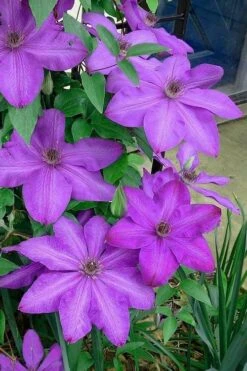





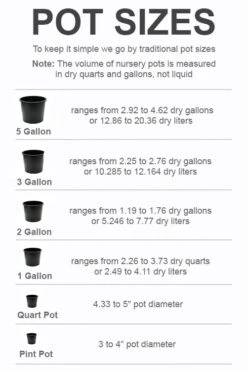
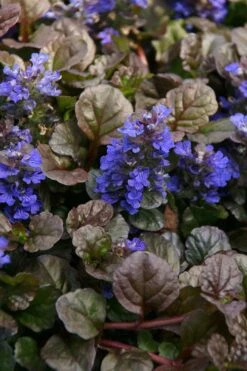
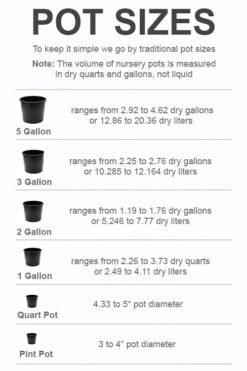

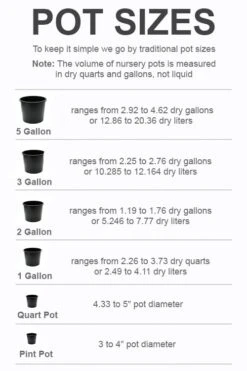
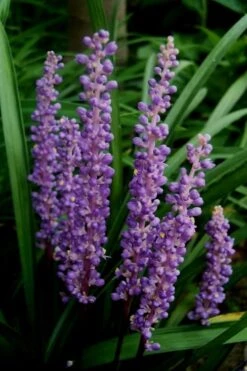
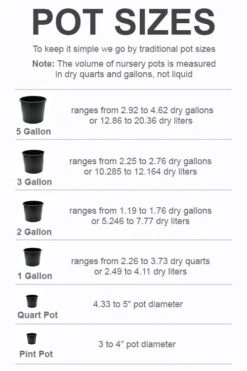
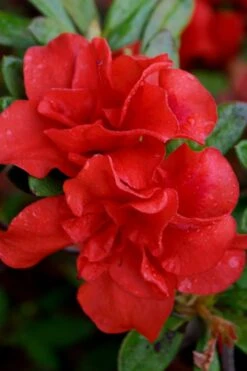



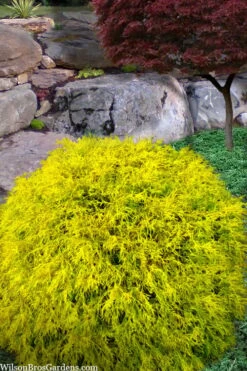
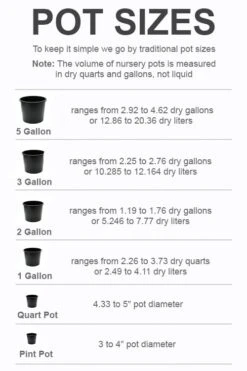

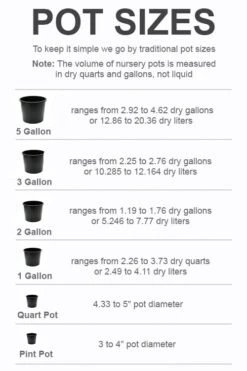
Reviews
There are no reviews yet.